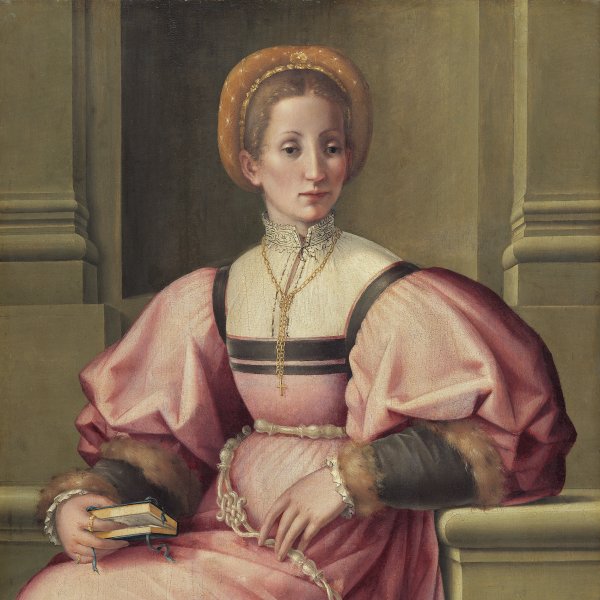Pier Francesco Foschi
Also known as Pier Francesco Toschi, Foschi was an artist largely unknown to art historians until he was rediscovered by Longhi in 1953. He is now considered one of the leading 16th-century Florentine painters. Son of a littleknown painter called Jacopo di Domenico, Foschi trained in his native city in the studio of Andrea del Sarto. Among the first references to the artist is one of 1536 when he was to be found working on the decoration of the loggia in the Villa di Careggi under the supervision of Pontormo. Foschi was also involved in two of the major decorative programmes executed in Florence: the decorations for the marriage of Cosimo I de’Medici and Eleanor of Toledo in 1539, and those for the marriage of Francesco de’Medici and Johanna of Austria in 1565. Foschi’s mature style combines elements from Del Sarto with the influence of contemporary Florentine painters such as Sogliani, Bachiacca and Bandinelli, but above all Pontormo and Bronzino. Some of Foschi’s paintings, particularly his portraits, have been erroneously attributed to the latter two artists.
Among Foschi’s most important works are the altarpiece of The Virgin and Child with Saint Benedict and Saint Bernard, painted for San Barnaba in Florence, the panel of Saint Peter and the Blessed Filippo Benizzi for the church of Saint Benedict in Pisa, and The Dispute on the Immaculate Conception and The Resurrection, both painted for the church of Santo Spirito between 1544 and 1550. Foschi was also an outstanding portraitist and notable works in this genre include his Portrait of Bartolommeo Compagni (Stirling collection, Scotland), Portrait of Lorenzo Gualterotti (JohnsonCollection, Philadelphia), and Portrait of a Man (Galleria Corsini, Florence).





